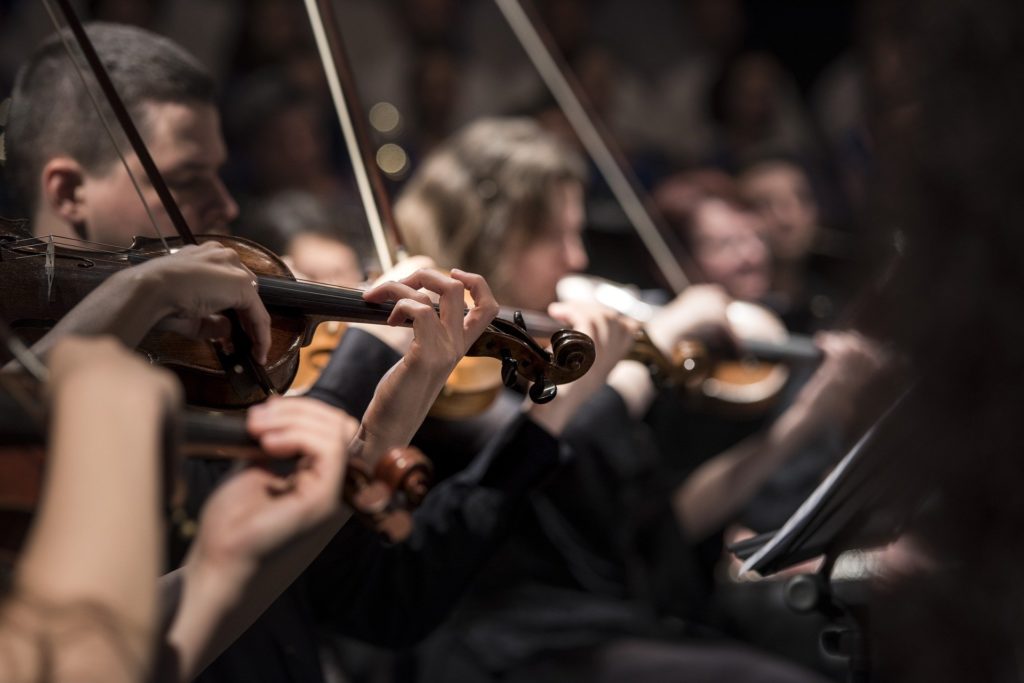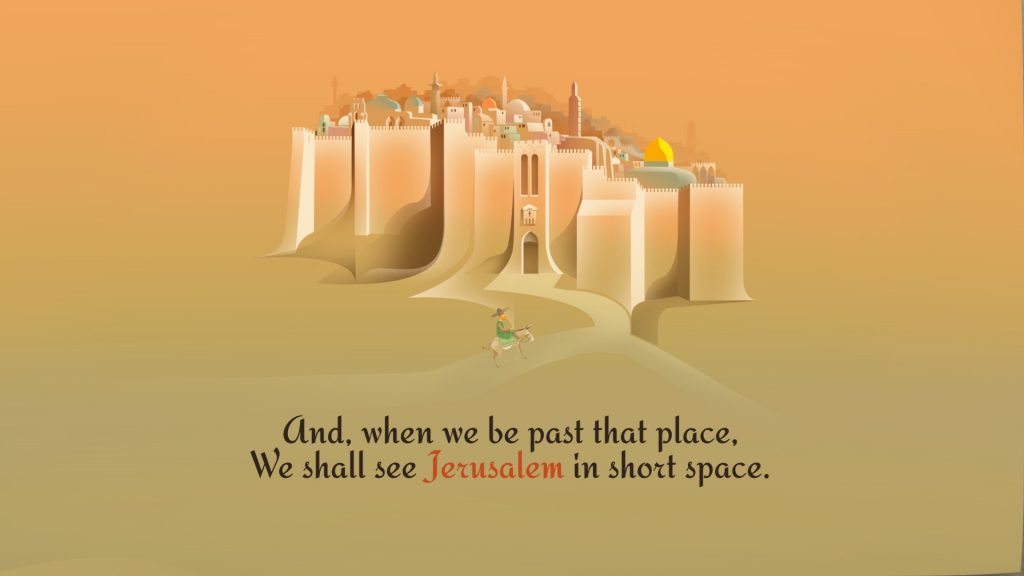Could compulsory health education at UK conservatoires improve the health and wellbeing of classical musicians? Dr Raluca Matei of Birkbeck’s Department of Organizational Psychology shares the findings of two studies conducted with Jane Ginsborg, Juliet Goldbart, and Stephen Broad.

Despite rating job satisfaction very highly, many classical musicians also suffer for their art. In the largest survey to date (Fishbein et al., 1988), 76% of players reported a medical problem severe enough to impair performance. The most prevalent were musculoskeletal, affecting the shoulder, neck and back, however, they also reported acute anxiety, depression, and sleep disturbances.
More recent research shows that musicians experience hearing loss (O’Brien et al., 2014), visual problems (Beckers et al., 2016), and eating disorders (Kapsetaki and Easmon, 2017). There is a higher prevalence of insomnia and psychological distress among musicians than in the general population and they may be more likely to use psychotherapy and psychotropic drugs such as sedatives, antidepressants, hypnotics and/or medication for attention deficit hyperactivity disorder (ADHD) (Vaag et al., 2016a,b,c).
Compulsory health education for music students
Our studies (Matei et al., 2018; Matei & Ginsborg, 2021) sought to find out if we could empower musicians to improve their health through a conservatoire-based health education course. The course was delivered to first-year undergraduate music students at a UK music conservatoire. The aims of the studies were:
- To explore students’ hearing and use of hearing protection
- To design an evidence-based health education course
- To assess the effects of the course on primary outcomes (perceived knowledge of course content and knowledge and awareness of potential risks to health) and secondary outcomes (including general health, health-related quality of life, health-promoting behaviors, self-efficacy, emotional state, perceived stress, frequency and severity of playing related musculoskeletal disorders (PRMDs), and perceived exertion)
- To assess the students’ feedback on the overall impact of the course; its perceived benefits and limitations; changes in students’ views and behaviours; and suggestions for improvements to the course
- To identify the topics within the course that were most salient to students
Unlike previous studies, which provide little information as to how curricula were designed and whether formative methodologies were used, the course curriculum was informed by findings of research on music performance anxiety (MPA) and PRMDs; the findings of evaluations of other courses designed to improve musicians’ health; theories and models deriving from health psychology (Taylor, 2012); discussions with the Acting Head of Undergraduate Studies at the institution where some of the authors are based; and members of the Healthy Conservatoires Network.
The course formed the major component of a module entitled Artist Development 1, compulsory for all first-year students at a tertiary-level music conservatoire in the UK. The module took place over the first and second terms of the academic year and consisted of ten weekly 1-hour lectures delivered to the whole cohort (104 students) and eight weekly 1-hour seminars delivered to ten small groups of 10–15 students. The course covered not only physical and mental health, but also effective strategies for practicing, memorizing and rehearsing, and life skills and behavior-change tools inspired by health psychology.
Students were required to submit a portfolio of assessments including a 1,000-word essay in response to both the following questions: (1) Looking back on the Health and Wellbeing component of Artist Development 1, what new information, useful for your own music-making, have you learned from one lecture or one workshop/seminar?; (2) How have you been able to put this information into practice when making music (e.g., practicing, rehearsing, performing or studying more generally)?
Course evaluation
A mixed-methods approach to evaluation was adopted: quantitative analyses of data gathered at baseline and post-intervention, and between-group data (intervention vs. controls) (Matei et al., 2018); and qualitative, semi-structured interviews (Matei & Ginsborg, 2021).
In terms of hearing, tinnitus and hyperacusis were reported by both groups of respondents, with a higher incidence in the (third-year) control group than in the (first-year) intervention group. Ten percent of the intervention group had been diagnosed with hearing loss, although minorities of respondents in both groups reported having had hearing tests in the previous ten years.
Although respondents were more likely to use hearing protection when rehearsing with others and attending concerts, comparatively few members of either group used hearing protection, or, if appropriate, the mute on their instrument, while practicing alone. This could affect hearing, since private practice can cause over-exposure to risky levels of sound.
The qualitative analysis showed that respondents viewed the programme as relevant and informative and appreciated the intimate nature of the seminars. They reported increased knowledge of the topics covered in the course, including the sound intensity levels associated with hearing loss and how to deal with the health and safety issues associated with learning and playing a musical instrument. They also reported increased awareness of performance factors related to potential musculoskeletal injuries. The ratings of students who had taken the course and those who had not did not differ significantly, perhaps because the control group had had informal exposure to the other topics covered in the course, with the possible exception of life skills and behavior change techniques.
Students who had taken the course also rated their ability to deal with relevant health and safety issues significantly higher than controls. The programme seemed to widen their perspective on musicianship, and students also reported instances of change in their behaviours relating to both lifestyle and management of music practice.
In contrast, the only desired secondary outcome to increase significantly from baseline to post-intervention was self-efficacy, which may or may not have been the result of the course. Other significant increases were in the wrong direction: sleep problems, distress and lack of vitality all increased significantly from baseline to post-intervention, and controls experienced more severe depression, distress and lack of vitality.
We attribute these negative findings to the cumulative pressure on students over time. The first time the intervention group completed the questionnaire, they were in their second week at the conservatoire; post-intervention, they were facing deadlines for assignments to be submitted and recitals to be given. They may, however, have fared better than the control group simply by virtue of being a year younger. What we cannot know is the extent to which the health education course may have mitigated the demands perceived by the students in the intervention group.
Finally, from the topics covered in student assignments, it appears that managing MPA and behavior change techniques are of most interest or relevance to them at this point in their studies. In terms of improving the course further, students expressed a preference for an even more practical and thus less theoretical approach.
Conclusions
In the absence of a national curriculum for health, all institutions of higher education must develop their own approaches to health education, as do many university music departments and music conservatoires. The questions posed by Ralph Manchester in 2006 remain pertinent: “Who will develop this course? What topics will be included in the syllabus? Who will teach it? Will it be offered to freshmen or seniors, or can it be taken during any year? Can one course meet the needs of performance majors, music education majors, and others? Should we develop some minimal national requirements?” (Manchester, 2006, pp. 95–96).
Further questions could be asked, such as: When can a course be considered successful? What are its desired outcomes? How should they be measured? Once the content and delivery of a course have been evaluated, how should they be adjusted, if necessary? To what extent should students’ requirements and feedback be taken into consideration, given the available evidence and the need, on occasion, to challenge their beliefs? Very few health courses have been formally evaluated to date, and reports of those that have been evaluated do not say how the course was improved as a result.
Although it has been argued for the last 25 years that health education for musicians should be evidence-based (Zaza, 1993), the declarations and recommendations fail to mention the importance of evidence-based teaching. There is now a wealth of research on musicians’ playing-related health problems, and their management, but unless this is disseminated effectively to senior managers and educators, instrumental and vocal tutors, and students, there is a risk that conservatoires will maintain traditional practices rather than responding systematically to the best evidence available.
The topic of how music students, too, can be convinced that health education is a vital part of their training remains largely unexplored. Framing the objectives of health education courses as “performance-enhancing” rather than “preventative” is likely to be more attractive to students.
Although the course described in the present studies did not have the hoped-for impact on secondary outcomes including reported health-related behaviors, reduced PRMDs and stress, it was associated with improvements in primary outcomes relevant to health education, namely the perceived knowledge of topics covered in the course and awareness of health risks.
Furthermore, the studies themselves represent the first evaluation of a health education course for musicians that documents the process of designing the course on the basis of a rigorous assessment of the available evidence, and its incorporation in the “real world” context of a music conservatoire.




